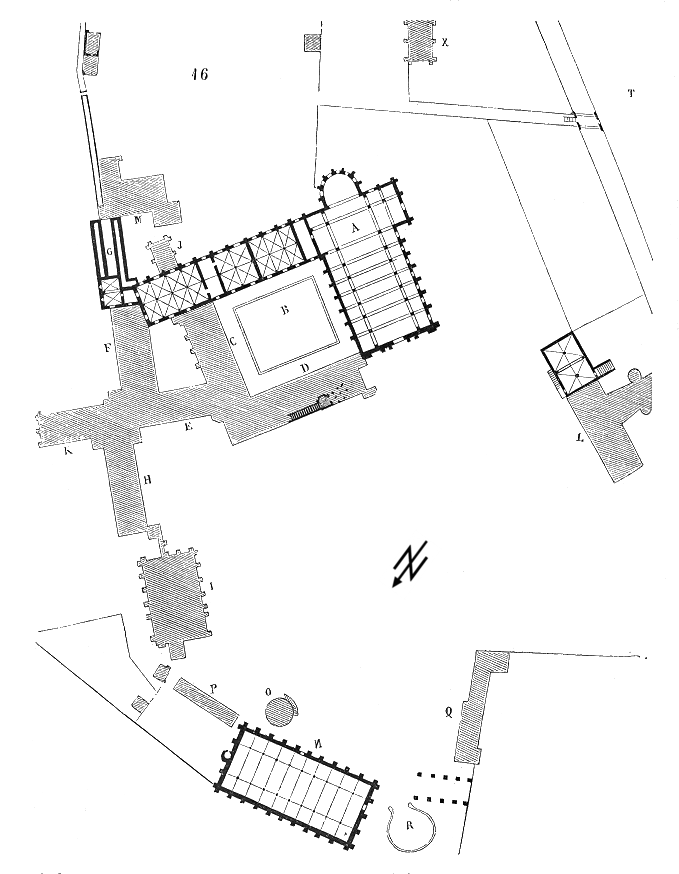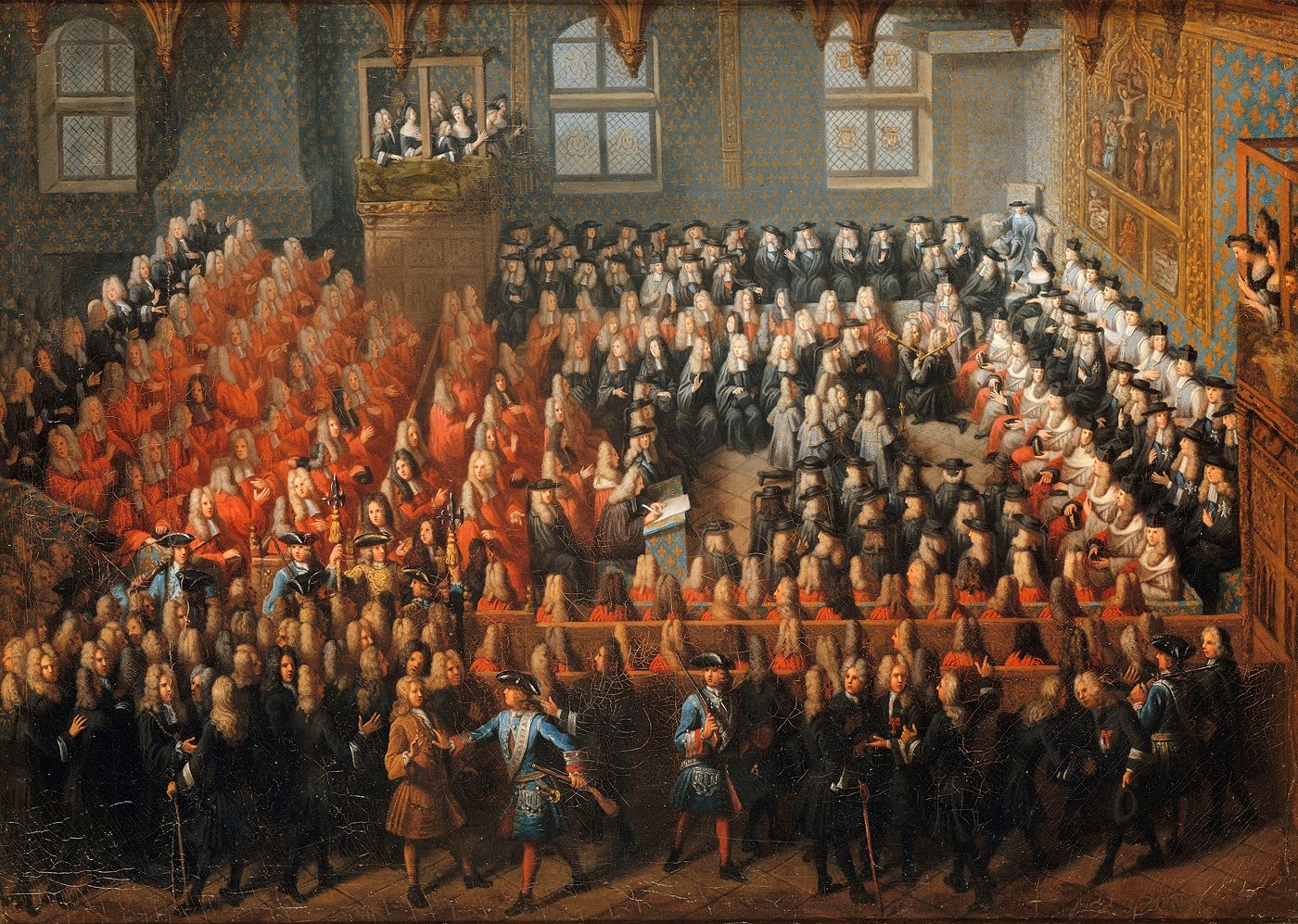|
Blanche Of Burgundy
Blanche of Burgundy ( 1296 – 1326) was Queen of France and queen consort of Navarre, Navarre for a few months in 1322 through her marriage to Charles IV of France, King Charles IV the Fair. The daughter of Otto IV, Count of Burgundy, Count Otto IV of Burgundy and Mahaut, Countess of Artois, Countess Mahaut of Artois, she was led to a disastrous marriage by her mother's ambition. Eight years before her husband's accession to the thrones, Blanche was arrested and found guilty of adultery with a Norman knight. Her sister-in-law, Margaret of Burgundy, Queen of France, Margaret of Burgundy, suffered the same fate, while her sister Joan II, Countess of Burgundy, Joan was acquitted. Blanche was imprisoned and not released even after becoming queen, until her marriage was annulled when she was moved to the coast of Normandy. The date and place of her death are unknown; the mere fact that she died was simply mentioned on the occasion of her husband's third marriage in April 1326. ... [...More Info...] [...Related Items...] OR: [Wikipedia] [Google] [Baidu] |
Queen Consort Of France
This is a list of the women who were queen consort, queens or empresses as wives of List of French monarchs, French monarchs from the 843 Treaty of Verdun, which gave rise to West Francia, until 1870, when the French Third Republic was declared. Living wives of reigning monarchs technically became queen consorts, including Margaret of Burgundy, Queen of France, Margaret of Burgundy and Blanche of Burgundy who were kept in prison during their whole queenships. Carolingian dynasty (751-987) Capetian dynasty (987-1792, 1814-1815, 1815-1848) Direct Capetians (987-1328) House of Valois (1328-1589) House of Lancaster Some sources refer to Margaret of Anjou as Queen of France,Mary Ann Hookham: "The life and times of Margaret of Anjou, queen of England and France ", 1872 but her right to enjoy that title is disputed. She was briefly recognized only in English-controlled territories of France. (See also: Dual monarchy of England and France) Capetian dynasty House of Va ... [...More Info...] [...Related Items...] OR: [Wikipedia] [Google] [Baidu] |
Edward II Of England
Edward II (25 April 1284 – 21 September 1327), also known as Edward of Caernarfon or Caernarvon, was King of England from 1307 until he was deposed in January 1327. The fourth son of Edward I, Edward became the heir to the throne following the death of his older brother Alphonso, Earl of Chester, Alphonso. Beginning in 1300, Edward accompanied his father on Wars of Scottish Independence, campaigns in Scotland, and in 1306 he was Knight#Evolution of medieval knighthood, knighted in Feast of the Swans, a grand ceremony at Westminster Abbey. Edward succeeded to the throne the next year, following his father's death. In 1308, he married Isabella of France, Isabella, daughter of the powerful King Philip IV of France, as part of a long-running effort to resolve the tensions between the English and French crowns. Edward had a close and controversial relationship with Piers Gaveston, who had joined his household in 1300. The precise nature of Edward and Gaveston's relationship ... [...More Info...] [...Related Items...] OR: [Wikipedia] [Google] [Baidu] |
Jeanne D'Évreux
Jeanne may refer to: Places * Jeanne (crater), on Venus People * Jeanne (given name) * Joan of Arc (Jeanne d'Arc, c.1412–1431), French folk heroine and saint * Jeanne Devos (religious sister) * Jeanne Devos (photographer) * Joan of Flanders, Countess of Montfort (1295–1374) * Joan of Penthièvre (1319–1384) * Ruth Stuber Jeanne (1910–2004), American marimbist, percussionist, violinist, and arranger * Jeanne de Navarre (other), multiple people * Jeanne Landre (1874–1936), French journalist, critic and novelist * Leon Jeanne (born 1980), Welsh footballer Fictional characters *Jeanne, a character from the ''Bayonetta'' series of video games Arts and entertainment * ''Jeanne'' (1934 film), a French drama film * ''Jeanne'', also known as ''Joan of Arc'', a 2019 French drama film * ''Jeanne'', an 1844 novel by George Sand * Jeanne (song), a song by Laurent Voulzy * Jeanne (album), a 2022 album by Natasha St-Pier Other uses * Tropical Storm Jeanne (disambigu ... [...More Info...] [...Related Items...] OR: [Wikipedia] [Google] [Baidu] |
Maubuisson Abbey
Maubuisson Abbey ( or ) is a Cistercian nunnery at Saint-Ouen-l'Aumône, in the Val-d'Oise department of France. It was founded in A.D. 1236 by Blanche of Castile, Queen of France, who may have been buried there in 1252. The site is now within the north-western suburbs of Paris. The surviving buildings are listed as a ''monument historique''. History The abbey was founded in 1236 by Blanche of Castile, the queen consort of Louis VIII. It thrived financially under royal patronage until the Hundred Years' War. In the fifteenth century the nuns twice supported rival abbesses. After a century of decline the abbey was disbanded in 1787 by order of Louis XVI. From foundation to the Hundred Years War As part of an effort to strengthen the ties between royalty and the abbeys, Blanche of Castile decided to finance and build her own abbey. In 1236 she annexed the lands of Pontoise and Saint-Ouen, which only became Saint-Ouen-l'Aumône much later. These lands had the advantage of be ... [...More Info...] [...Related Items...] OR: [Wikipedia] [Google] [Baidu] |
Gavray
Gavray () is a former commune in the Manche department in north-western France. On 1 January 2019, it was merged into the new commune Gavray-sur-Sienne. 12 December 2018 See also *Communes of the Manche department
The following is a list of the 445 communes of the Manche department of France.
The communes cooperate in the following intercommunalities (as of 2025):
[...More Info...] [...Related Items...] OR: [Wikipedia] [Google] [Baidu] |
Marie Of Luxembourg, Queen Of France
Marie of Luxembourg (1304 – 26 March 1324) was Queen of France and Navarre as the second wife of King Charles IV and I. She was the daughter of Henry VII, Holy Roman Emperor and Margaret of Brabant. Her two siblings were John of Luxembourg and Beatrice of Luxembourg, Queen of Hungary. Life Marie was betrothed in 1308 to Louis of Bavaria, son and heir to Rudolf I, Duke of Bavaria. The engagement was agreed on soon after Marie's father Henry became King of the Romans; Rudolf had been a supporter of her father during the struggle for power. It ended due to the death of Louis around 1311. During the same year, Marie's mother Queen Margaret died whilst travelling with Henry in Genoa. On 21 September 1322 in either Paris or Provins Marie married to Charles IV of France following the annulment of his first marriage to the adulterous Blanche of Burgundy. Blanche had given birth to two children, Philip and Joan, but both of them died young and Charles needed a son and heir to ... [...More Info...] [...Related Items...] OR: [Wikipedia] [Google] [Baidu] |
Pope John XXII
Pope John XXII (, , ; 1244 – 4 December 1334), born Jacques Duèze (or d'Euse), was head of the Catholic Church from 7 August 1316 to his death, in December 1334. He was the second and longest-reigning Avignon Papacy, Avignon Pope, elected by the Papal conclave, Conclave of Cardinal (Catholic Church), Cardinals, which was assembled in Lyon. Like his predecessor, Pope Clement V, Clement V, Pope John centralized power and income in the Papacy and lived a princely life in Avignon. John opposed the policies of Louis IV, Holy Roman Emperor, Louis IV the Bavarian as Holy Roman Emperor, which prompted Louis to invade Italy and set up an antipope, antipope Nicholas V, Nicholas V. John also opposed the Franciscans, Franciscan understanding of the poverty of Christ and his apostles, promulgating multiple papal bulls to enforce his views. This led William of Ockham to write against unlimited papal power. Following a three-year process, John Canonization of Thomas Aquinas, canonized Thoma ... [...More Info...] [...Related Items...] OR: [Wikipedia] [Google] [Baidu] |
Château Gaillard
Château Gaillard () is a medieval castle ruin overlooking the River Seine above the commune of Les Andelys, in the French department of Eure, in Normandy. It is located some north-west of Paris and from Rouen. Construction began in 1196 under the auspices of Richard the Lionheart, who was simultaneously King of England and feudal Duke of Normandy. The castle was expensive to build, but the majority of the work was done in an unusually short period of time. It took just two years and, at the same time, the town of Petit Andely was constructed. Château Gaillard has a complex and advanced design, and uses early principles of concentric fortification; it was also one of the earliest European castles to use machicolations. The castle consists of three enclosures separated by dry moats, with a keep in the inner enclosure. Château Gaillard was captured in 1204 by the king of France, Philip II, after a lengthy siege. In the mid-14th century, the castle was the residence of the ... [...More Info...] [...Related Items...] OR: [Wikipedia] [Google] [Baidu] |
Life Imprisonment In France
In France, life imprisonment is a punishment of indeterminate length and may last for the remainder of the convict's life. The sentence is the most severe punishment given under French law and it can be imposed by the courts for aggravated murder, treason, terrorism, drug kingpin and other serious felonies resulting in death or involving torture. There is an average of 25 sentences of life imprisonment per year and there are 550 inmates currently jailed for life. Life sentences for crimes other than aggravated murder are rare. Inmates jailed for life are required to serve a safety period of 18 to 22 years before they become eligible for parole. In the case of child murder involving rape or torture, the premeditated murder of a state official (since 2011), and terrorism resulting in death, the court can impose a safety period of up to 30 years, or order that the prisoner is ineligible for parole at all, so-called ''perpétuité incompressible'', or "non-reducible eternity". In all ... [...More Info...] [...Related Items...] OR: [Wikipedia] [Google] [Baidu] |
Paris Parlement
The ''Parlement'' of Paris () was the oldest ''parlement'' in the Kingdom of France, formed in the 14th century. Parlements were judicial, rather than legislative, bodies and were composed of magistrates. Though not representative bodies in the present sense of the word, they had procedures and authorities that could delay the otherwise unchecked power of the King. Because of its location and history, the Parlement of Paris was the most significant. The Parlement of Paris was established under Philip IV of France in 1302. The Parlement of Paris would hold sessions inside the medieval royal palace on the Île de la Cité, which today is the site of the Paris Hall of Justice. History In 1589, Paris was effectively in the hands of the Catholic League. To escape, Henry IV of France summoned the parlement of Paris to meet at Tours, but only a small faction of its parliamentarians accepted the summons. (Henry also held a parliament at Châlons, a town remaining faithful to the king ... [...More Info...] [...Related Items...] OR: [Wikipedia] [Google] [Baidu] |






